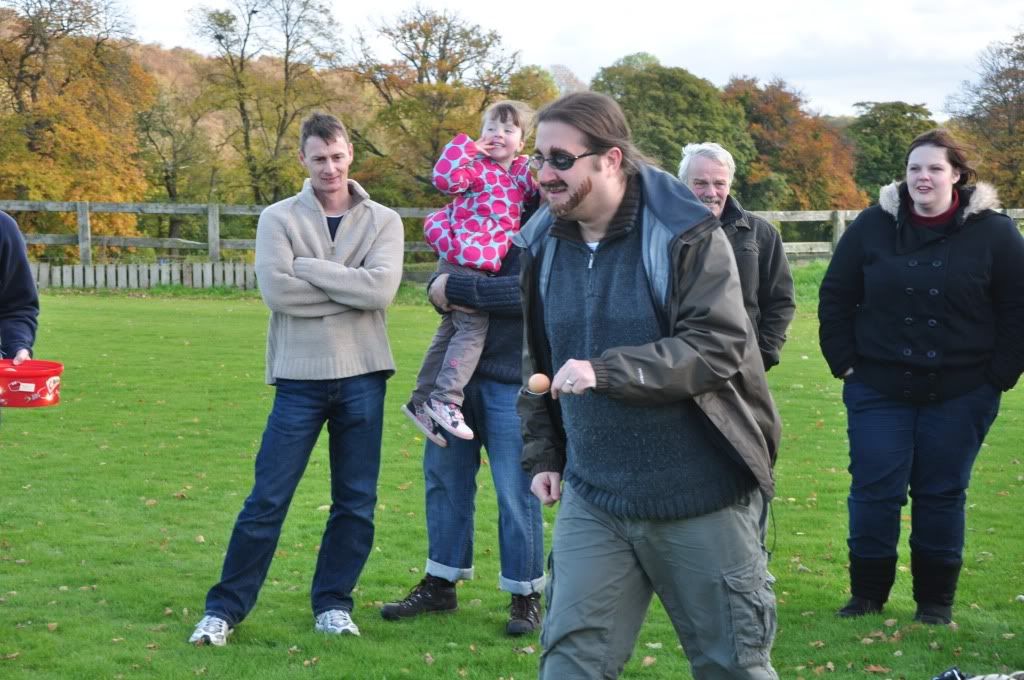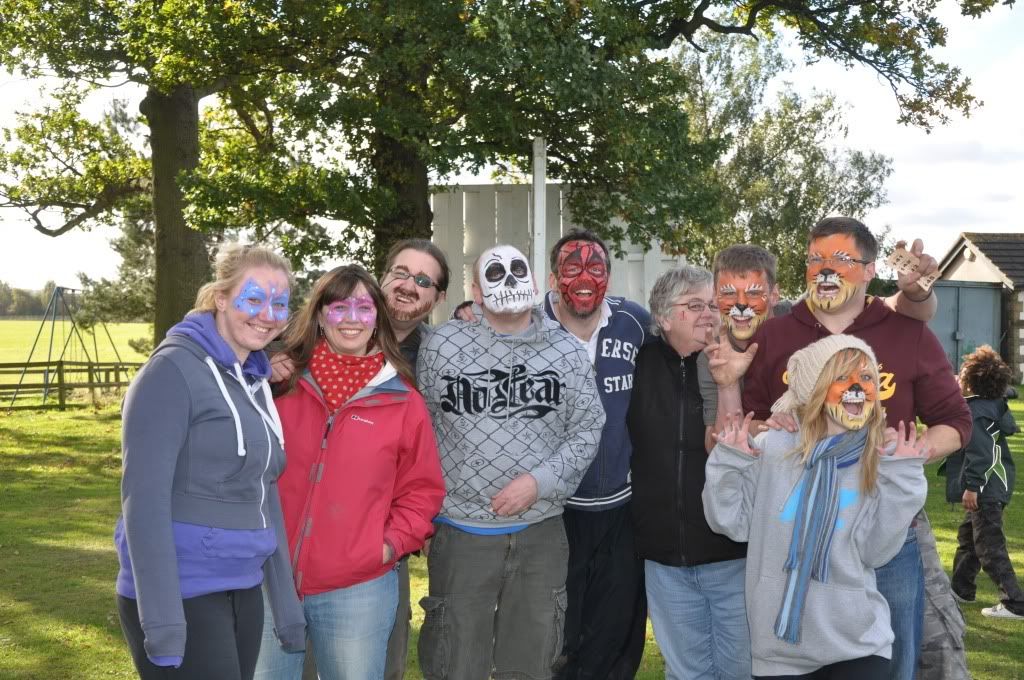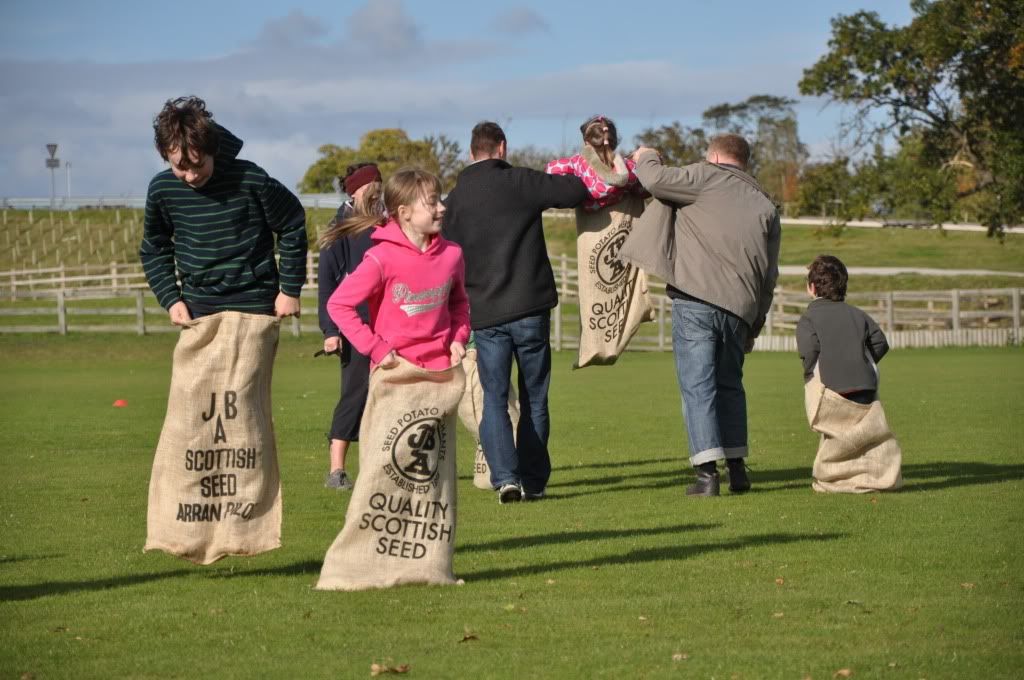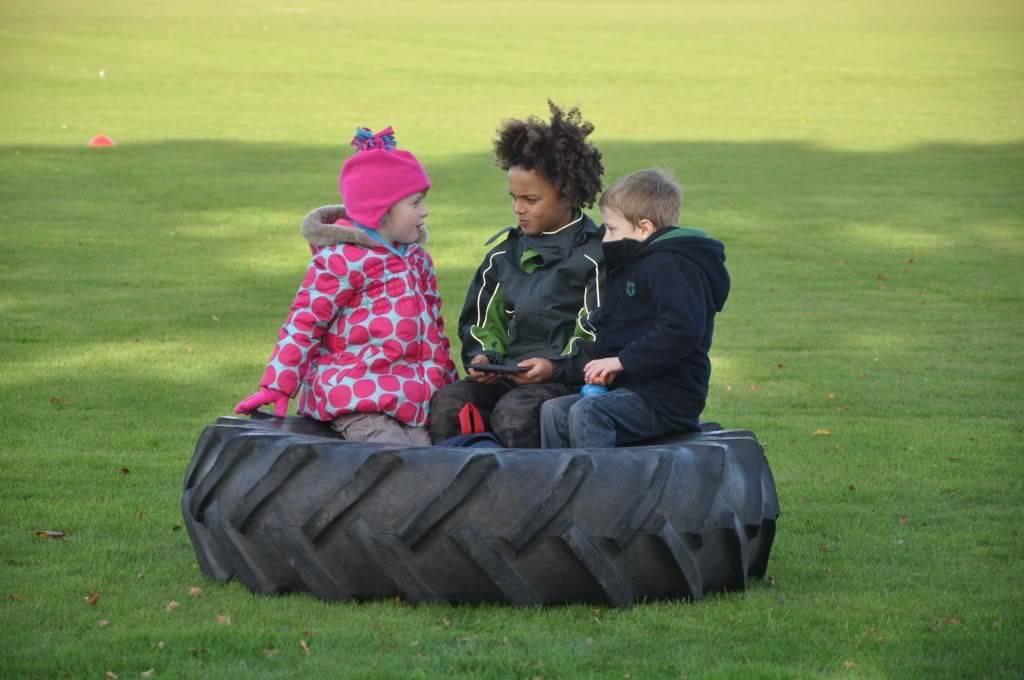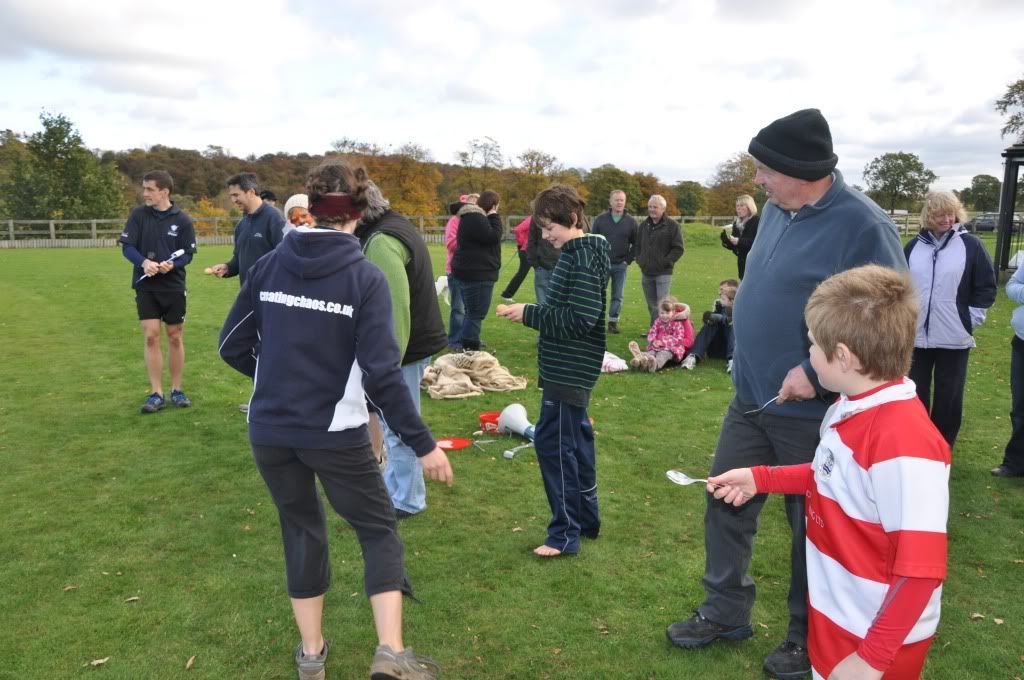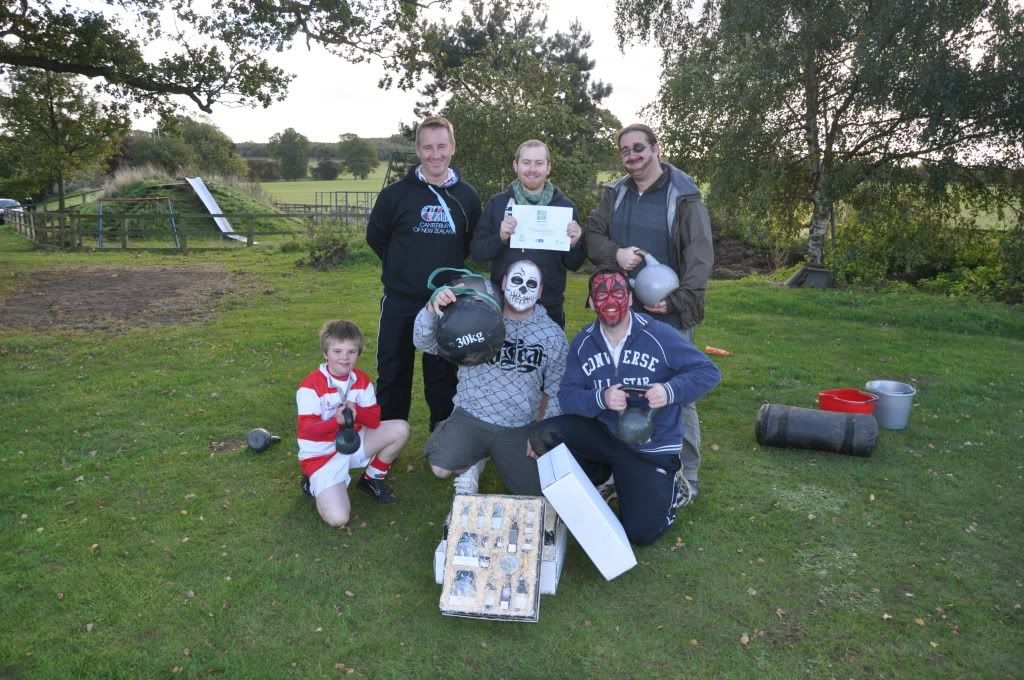Most people make the mistake of never scientifically deciding which muscles they need to stretch and which ones they need to strengthen.
Typically, we stretch everything (or nothing) and mindlessly go down the line of exercise machines without thinking about which muscles we are working and why. Unless you have had a thorough musculoskeletal assessment, you are undoubtedly ignoring many muscles that are relatively weak and strengthening muscles that are already too strong relative to their partners working at the same joint.
For example, if you have rounded shoulders you probably should be doing fewer chest and lat exercises and more mid- and lower trapezius exercises. (Don’t waste your time looking; middle or lower trapezius machines do not exist.)
Another example of an overworked muscle is the upper rectus abdominis (six pack). One of its partners, the transverse abdominis, is typically ignored. Again, not only do transverse abdominis machines not exist, but overuse of other machines will actually lead to weakening of this muscle due to lack of use.
Moreover, the greater the imbalance between rectus strength and transverse abdominis strength, the greater your chance of low back pain. Ab machines only worsen this imbalance.
We also tend to ignore some muscles that need to be stretched (if you're stretching at all) and sometimes stretch muscles that we don't need to stretch.
At best, you are wasting your time with unnecessary stretches and redundant exercises. At worst, you are exacerbating muscle imbalances that can lead to joint dysfunction, pain and chronic injury.
Since we all have to deal with the constant gravitational pull of the earth, we all have naturally occurring musculoskeletal imbalances that are caused by how muscles are designed to work.
In simple terms, there are two basic types of muscles.
Tonic muscles tend to become shortened if we do not specifically stretch them.
Phasic muscles tend to become elongated (too long is as bad as too short) and weak.
Tonic muscles are basically designed to work to maintain posture and tend to work most of the time.
For example, the psoas, the major hip flexor, works constantly while you're standing. The upper trapezius, where you may feel tightness or knots in your neck and shoulder area, works whenever you move your arm.
Phasic muscles, on the other hand, tend to become weak if not specifically strengthened.
Our muscles never work in isolation; they function in groups often termed force couples that must be balanced in all three planes of motion (saggital, transverse and frontal).
If one muscle is too tight, it dominates the force couple and disrupts the natural movement of the joint. On the other hand, a muscle that is too weak will not do its share of work. This also disrupts the natural movement of the joint and overworks the muscles that act as assistants in the movement.
A prime example is the gluteus medius, the muscle that brings your leg out to the side, commonly and mistakenly referred to as the outer thigh. When this muscle becomes weak, the piriformis often implicated in sciatica - and the tensor fascia latae often implicated in pain on the outside of the knee become overworked.
Tonic muscles tend to become facilitated, that is, they work even when they are not supposed to be working. In addition, even when you are trying to work other muscles, facilitated muscles will try to take over. Thus, you will never get rid of a muscle imbalance if you do not stretch and relax the tightened muscles before you try to strengthen the weakened muscles.
For example, if you do not stretch the hip flexors (psoas) and back extensors (spinal erectors) before you work your deep abdominal muscles, you may not get the full strengthening effect of your ab exercises. The short, tight, overworked muscles will "intercept" the nervous system signals from the weakened, inhibited muscles. This is a common reason some people feel strain in the low back while doing stomach exercises even if their form is perfect.
Just like a car with poor alignment, trouble - possibly severe is imminent if the alignment and imbalances are not corrected. In order to design a fitness program that's right for you, it's imperative that you know which muscles are which.
Tonic Muscles Phasic Muscles
Upper Trapezius (neck and shoulders) Serratus Anterior (fingerlike muscles near armpit)
Levator Scapula (neck to shoulder blade) Rhomboids (between shoulder blades)
Short Cervical Extensors (back of neck) Middle and Lower Trapezius (mid-back)
Pectoralis Major (chest) Triceps (back of arms)
Pectoralis Minor (deep chest muscle) Gluteus Maximus (butt)
Lumbar Erectors (low back) Gluteus Medius (hips)
Psoas (hip flexor) Transverse Abdominis (deep abdominals)
Rectus Femoris (one of the quadriceps) Rectus Abdominis - lower segments (abs)
Piriformis (deep hip muscle) External and Internal Obliques (abs)
Short and long adductors (inner thighs) Vastus Medialis (inner/front of knee)
Hamstrings (back of legs)
Gastrocnemius (superficial calf muscle)
Soleus (deep calf muscle)
Remember, unaddressed muscle imbalances will lead to joint dysfunction and pain.
A musculoskeletal assessment and subsequent, logically based program of stretching the right muscles and strengthening the right muscles in the right order will lessen these naturally occurring imbalances and lead you to a better functioning and more attractive body. If you'd like to find out more about having a complete postural and functional review then speak to
one of our specialists.


